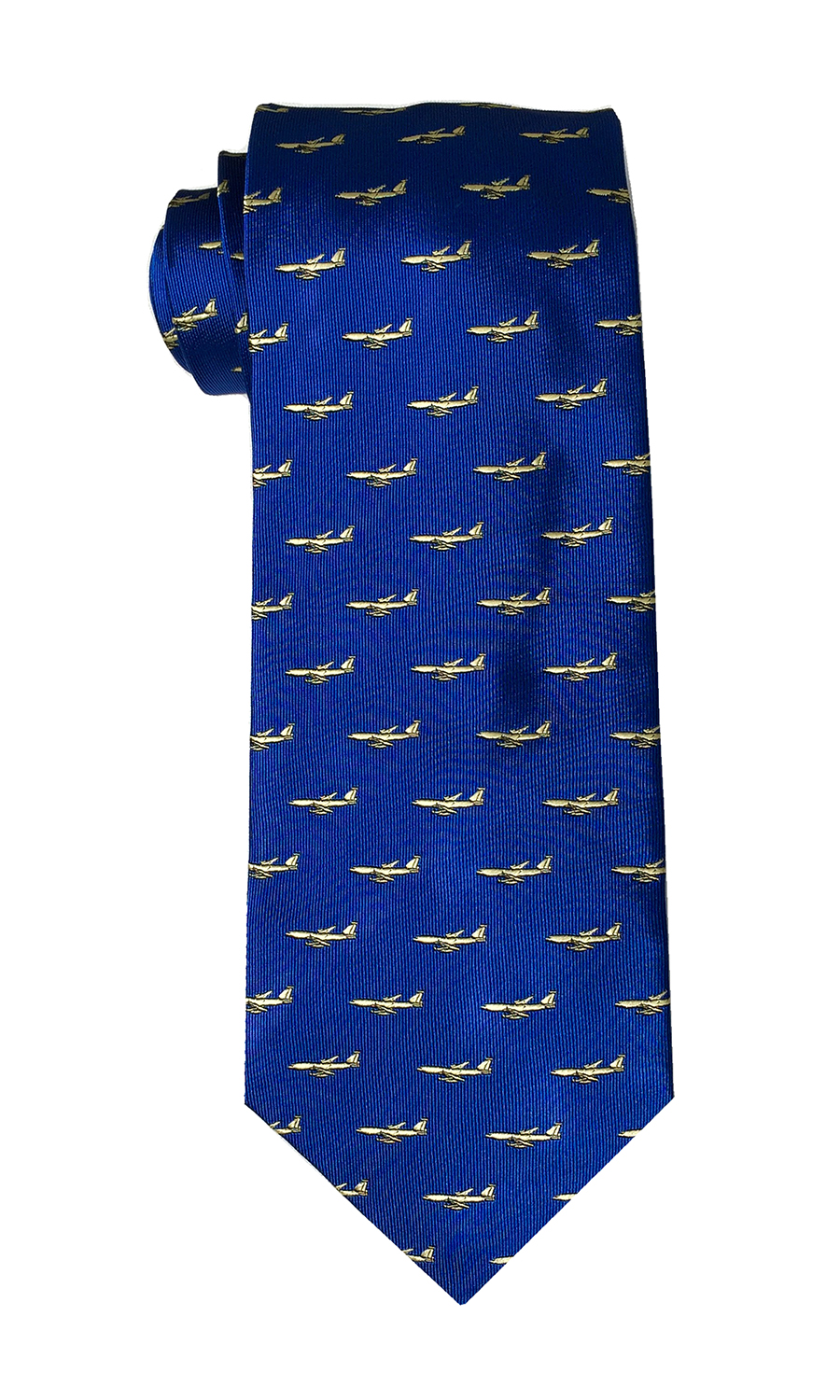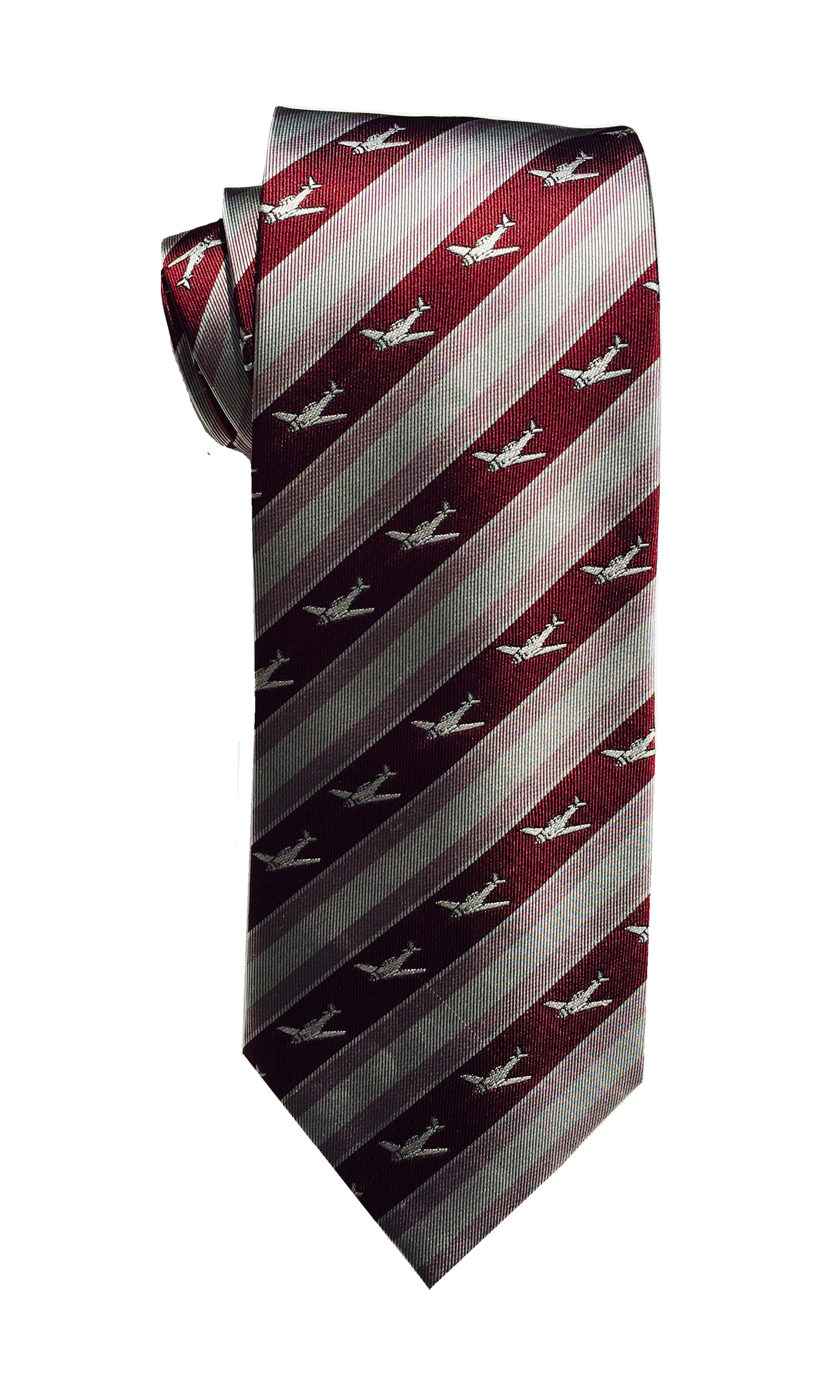Aircraft Tie - Slidedown lashing lugs are a unique new product for attaching aircraft to ground anchors. Pilots appreciated the ease and simplicity of securing their aircraft with slidedowns.
The powder-coated slider mechanism is made of aircraft-grade aluminum, the vinyl-coated hooks prevent scratches to the aircraft surface, and the rope weighs about 8,000 lb. near his workshop. Knitted using a combination of tensile strength polyester and nylon. Best of all, using SlideDown is super fast. There is nothing worse than tying knots in the pouring rain. With SlideDown, there's no tying knots or fiddling with old, rusty chains.
Aircraft Tie

This slidedown with a 7/16" braided core rope is suitable for general aviation single and light twin engine aircraft. If you have a sport plane or light single engine aircraft, you can purchase the SlideDown LT with Sta-Set 1/. 4" rope.
Aircraft Tie Downs
Includes a slidedown mount, slidedown tail and convenient carry bag for each wing. Made in the USA.
If you find a better price on this product elsewhere, we'll match that price and beat it by 10% of the difference. See details.
Buy today and you can return it in original condition until February 28, 2023! See our returns policy.
They should be about 2 feet long. I have been to several airports, the bindings are too wide and I need long breaks.
Big Screw Aircraft Tie Down
If you find a better price on this product elsewhere, we'll match that price and beat it by 10% of the difference.
Subscribe to our Special Offers Newsletter Stay up to date with the latest pilot and aircraft content coming to market and find out about our great monthly special offers by subscribing to our newsletter. Our promises to you: Members Learn more Save more - Get more by being a pilot - Click here
Whether securing your aircraft on the home airport ramp, exploring new airports, or camping your aircraft under the stars, proper aircraft lashing technique is essential.

This refresh will help clear up any confusion after a while or if you are lucky enough to have a hanger. But first, make sure that the aircraft's control surfaces and brakes are secured according to the manufacturer's instructions, and that the wheels are trimmed if necessary.
Aviation Airplane Tie Tack
Take it off the ground and make sure the lashing rope is securely anchored. We've seen ramps with metal rails embedded in the asphalt, chains stretched over the ramps, or nothing at all. In anticipation of a visit to a grass field, pack the claw bases and stick them to the turf.
After attaching the tether to the ground, it's time to move to the plane. A modified half-hitch is often taught in basic flight training.
Senior photographer David Tullis joined the team in 2015 and is a private pilot with single-engine land and seaplane ratings and a rear wheel endorsement. He is a certified remote pilot and co-host of the award-winning Hangar Talk podcast. David likes to take advertising photos of old airplanes. After each flight, the aircraft must be tied down to prevent damage from sudden storms. The direction in which the aircraft should be parked and banked depends on the prevailing or forecast wind direction. Aircraft must be maneuvered in the air depending on the location of fixed anchorage points in the parking area. The spacing of the fixings should provide sufficient clearance at the wing tip. [Figure 1] After positioning the drone correctly, lock the front or rear wheel in the forward and backward positions.
Light aircraft are often secured with ropes, tied only to the aircraft securing rings. A rope should never be tied to a lifting strut as this practice can cause the strut to bend if the rope slips to the point where it is not slack. Since manila rope contracts when wet, approximately 1 inch (1") of slack should be allowed for movement. However, too much slack can allow the drone to pull against the ropes. Tight tie-down ropes cause stress in inverted flight and not many are designed to accommodate such loads.
Air Force Aviation Bow Tie
A lash rope is no better than a knot. Anti-slip knots like fishing line are quick to knot and easy to untie. [Figure 2] Unlashed aircraft must be secured in accordance with the manufacturer's instructions. The ropes shall be tied to the outer ends of the high wing struts and, if structurally acceptable, suitable rings shall be provided unless already supplied by the manufacturer.
Securing Heavy Aircraft The most common method of securing heavy aircraft is by rope or cable. The number of bindings depends on the expected weather conditions.
Most heavy aircraft have surface control locks that are engaged or installed when the aircraft is secured. Because control locking methods vary among aircraft types, check the manufacturer's instructions for proper installation or engagement procedures. If strong winds are expected, rudder battens can also be installed to prevent damage. Figure 3 illustrates four typical attachment points on a heavy aircraft.

Seaplanes can be moored to a buoy, weather permitting, or tied to a dock. Weather causes wave action, and waves cause seaplanes to rock and roll. This bouncing and swaying can cause damage when attached to a dock.
Aircraft Cargo Tie Down Hook 154as100 3 Spencer
When a storm warning is received and the aircraft cannot be evacuated from the storm area, some sections of the seaplane may be flooded, partially submerging the aircraft. Securely attach the aircraft to the anchors. Land-bound seaplanes were protected from damage by high winds by filling floats with water and mooring the aircraft in the usual manner. During bad weather, if possible, take the seaplane out of the water and attach it in the same way as a landplane. If this is not possible, the seaplane can be anchored in a place protected from wind and waves.
If lashing methods are available, ski planes are lashed in the same manner as land planes. An aircraft with skis can be secured on ice or snow with a device called a dead man. A dead man is any object held in the hand, such as a piece of pipe, log, etc., to which a rope is attached and buried in a snow or ice trench. Keeping the free end of the rope dry and not frozen, the snow penetrates into the trench. If possible, pour water into the ditch; When it freezes, tie the plane with the free end of the rope.
Operators of ski-equipped aircraft sometimes pack soft snow around the skis, pour water over the snow, and allow the skis to freeze into ice. This helps prevent damage from wind-forced winds, along with normal lashing procedures. When carrying a plane secured in this way, care must be taken to ensure that the skis do not freeze to the ground. Failure to do so may result in damage to the aircraft or skis.
Like other aircraft, helicopters are protected from structural damage that can occur from high-speed surface winds. Helicopters should be secured in hangars as much as possible. Otherwise, they should be tied securely. Tethered helicopters can usually withstand winds of around 65mph. Whenever possible, helicopters are moved to a safer area if tornadoes or hurricanes are expected. For added protection, helicopters can be moved to an open area so that they are not damaged by flying objects or falling branches from nearby trees.
Aircraft Tie Down Procedures
If strong winds are expected when the helicopter is parked in the open, tie up the main rotor blades. Detailed instructions for securing and mooring each type of helicopter are provided in the appropriate operator's manual. [Figure 5] Helicopter safety procedures vary depending on weather conditions, expected time on the ground, and location and characteristics of the aircraft. Wheel chocks, control locks, cable lashings, mooring covers, tip socks, lashing assemblies, parking brakes and rotor brakes are used to secure helicopters.
There are many types of mass-powered aircraft, motorized and non-motorized. These types of aircraft are very susceptible to wind damage. In light winds the wings can be secured just like a conventional aircraft. In strong winds, the mast can be detached from the wing and the wing can be placed close to the ground and secured. This type of aircraft can be partially disassembled or moved to a hangar for protection.
When securing powered parachutes, pack the parachute in a bag to prevent the parachute from deflating and dragging on the seat and engine. The engine and seat can also be secured if required.

Aircraft tie down track, aircraft tie down rope, aircraft tie clip, aircraft tie pins, aircraft tie down anchors, aircraft cargo tie downs, aircraft tie down straps, claw aircraft tie down, best aircraft tie downs, aircraft tie down kit, aircraft tie downs, aircraft tie rods
0 Comments